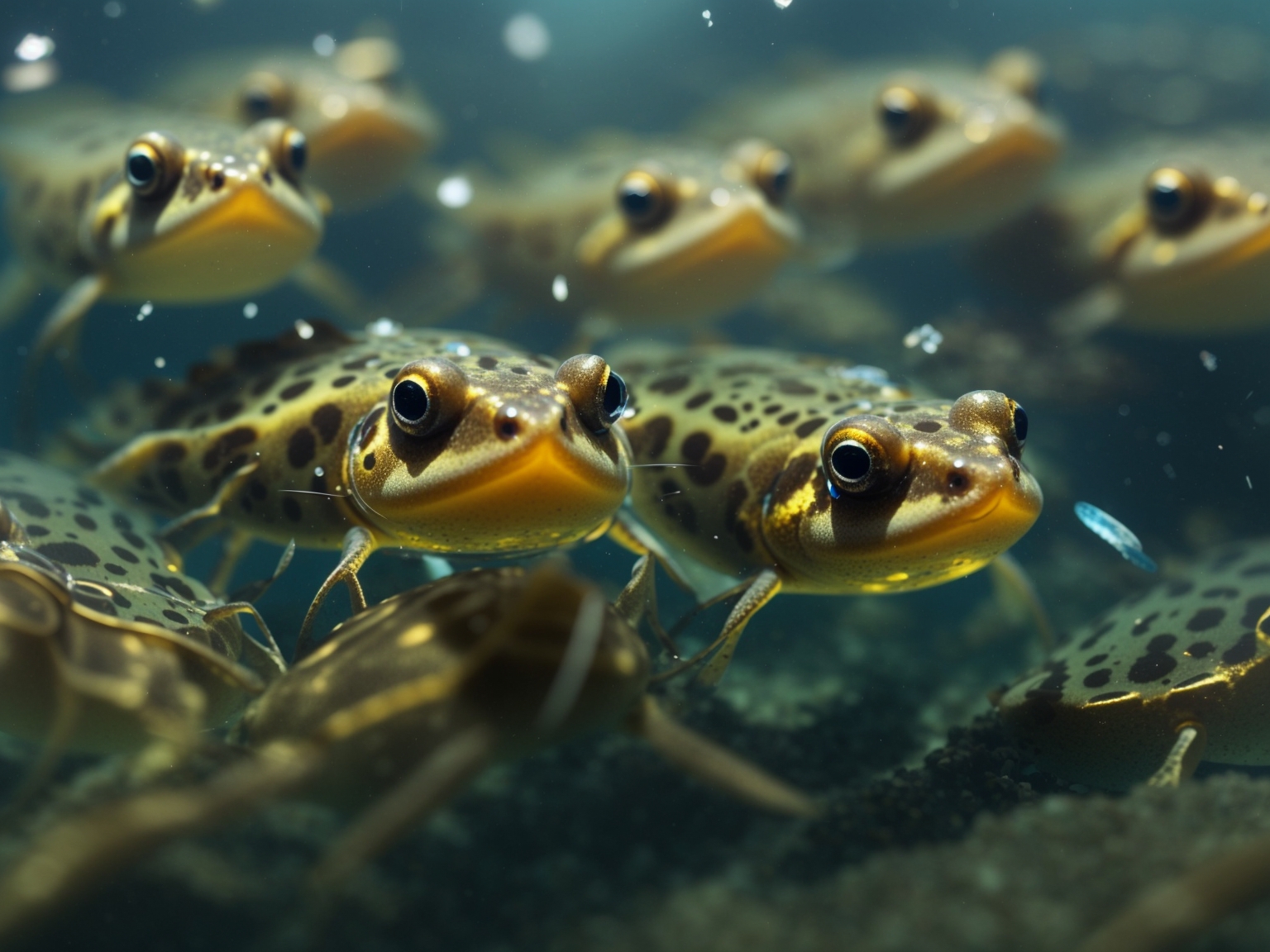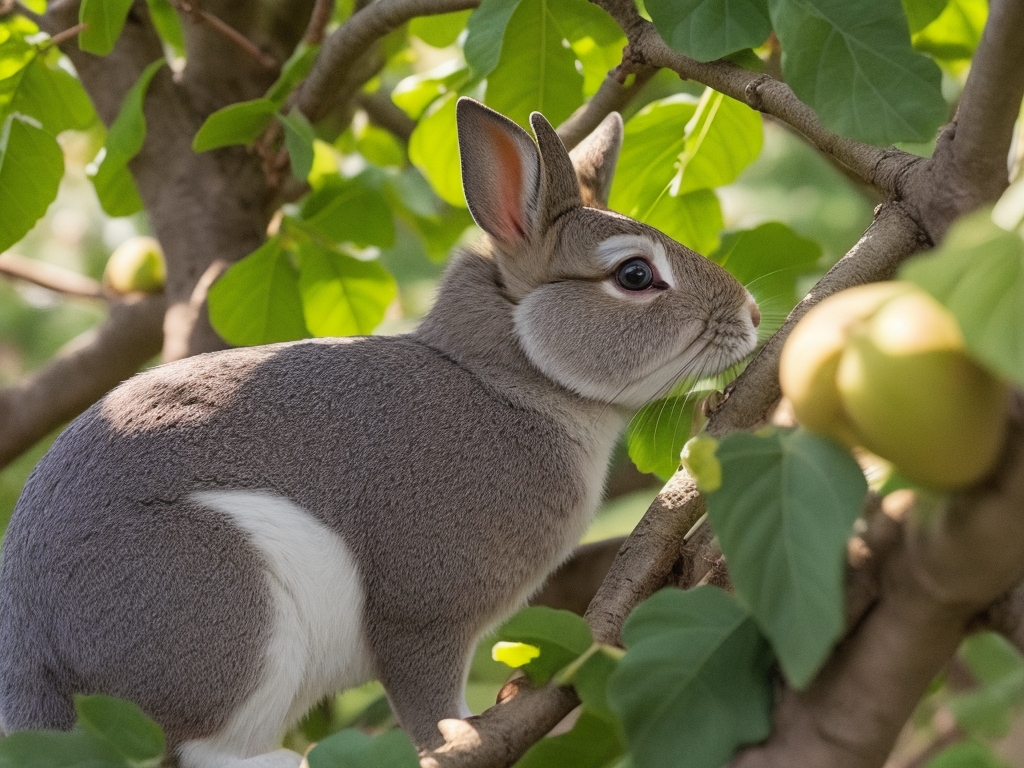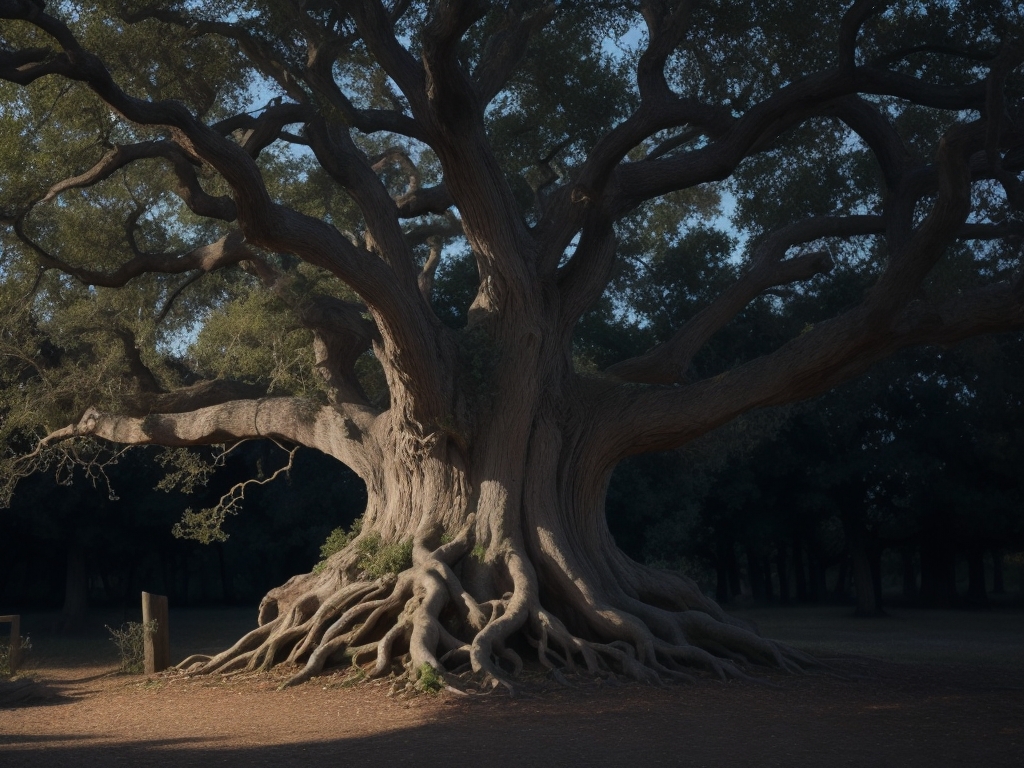Squirrel Poop ID: Shape, Size, & Cleanup Guide
Curiosity about the natural world often leads you to ask some quirky questions. Today, you’re in luck if you’re pondering the peculiarities of squirrel scat. Identifying animal droppings can be surprisingly insightful, not just for curiosity’s sake but also for gardeners and homeowners keeping an eye on local wildlife.
Why Is It Important to Identify Squirrel Poop?
Understanding what squirrel droppings look like is more than just satisfying your curiosity. It’s about ensuring the health and safety of your environment. Squirrel feces can carry harmful bacteria and viruses, which are a concern if you have pets or young children who play outside. Recognizing squirrel poop allows you to promptly clean it up, reducing the risk of disease transmission.
Identifying squirrel droppings also tells you about the presence of these rodents in your vicinity. If you’re a homeowner or gardener, spotting squirrel scat can alert you to potential pest issues before they worsen. For instance, squirrels may nest in your attic or damage your garden. By identifying their poop, you’ll know when it’s time to take action such as:
- Sealing entry points in your home
- Protecting your plants and bird feeders
- Consulting with a wildlife removal expert
Moreover, keeping track of squirrel activity through their droppings supports local wildlife balance. It gives you insight into whether there’s an overabundance of squirrels which might require management for the benefit of other native species. Detecting and addressing a squirrel problem swiftly helps maintain an equilibrium in your local ecosystem.
Remember that while squirrel droppings aren’t a direct threat to most people, if you’re dealing with an infestation, proper identification and cleanup are essential. It’s recommended that you wear gloves and a mask during cleanup to avoid any contact with droppings. After removal, disinfecting the area is crucial to eliminate any remaining bacteria or viruses.
What Factors Affect the Appearance of Squirrel Poop?
Understanding the factors that affect the appearance of squirrel droppings can be crucial in correctly identifying them in your surroundings. Diet, hydration, and age importantly influence how squirrel feces look.
Squirrels are primarily herbivores, relishing a versatile diet that includes nuts, seeds, fruits, and sometimes insects. What they’ve eaten directly shapes their poop’s texture and color. For instance, if a squirrel’s been feasting on berries, you might notice a purple tinge to the droppings, which would otherwise tend to be brown.
Hydration is another key element. Just as with humans, a squirrel’s hydration level can make its poop appear drier and more brittle, or moist and well-formed. The dryness of the droppings can give you clues about the squirrel’s health and the conditions of its habitat.
Squirrels’ age also plays a role. Younger squirrels tend to have smaller, rounder droppings while adult squirrels produce more elongated, cylindrical feces. Observing the size can therefore hint at whether you’ve got a growing infestation of youthful squirrels or a stable population of adults.
It’s vital to note the frequency and quantity of droppings you come across. A high number of droppings in a particular area suggests a significant squirrel presence, which might prompt more immediate measures to control their population and safeguard your space.
By keeping an eye on these factors, you’re better equipped to accurately determine the presence of squirrels and evaluate the potential impact they may bring to your environment. Remember, the prompt cleanup is imperative, but recognizing the nuances of squirrel droppings leads to more informed decisions regarding wildlife control and your ecological well-being.
What Does Squirrel Poop Typically Look Like?
When you’re trying to identify squirrel droppings in your surroundings, shape and size are your first clues. Squirrel poop is generally oblong and may be curved or straight, with rounded edges—no pointed ends here. It’s similar in shape to a grain of rice, only slightly larger, usually measuring about 3/8 of an inch in length.
Depending on their diet, these pellets vary in color. A squirrel that mainly munches on nuts and seeds will leave droppings that are dark brown, while one with a more varied diet including fruits and berries might produce lighter brown or green droppings. You’ll often discover these tell-tale signs clustered in a specific area, as squirrels tend to choose the same spot to relieve themselves.
- Shape: Oblong, resembling a grain of rice
- Size: Roughly 3/8 inch long
- Color: Dark brown to green, depending on diet
Hydration and age also affect the appearance of squirrel feces. Well-hydrated squirrels produce droppings with a slight sheen and softer texture, while older droppings become dry and crumble easily. Keeping an eye out for these characteristics helps in assessing whether you have a current pest issue or remnants of an old one.
It’s crucial to remember that fresh squirrel droppings point to an active presence in the area. If you spot shiny, moist pellets, chances are they’re new, and there’s likely a squirrel nearby. On the other hand, dull, dry pellets typically mean that they’ve been around for a while. Recognizing the appearance and condition of squirrel feces helps you gauge the urgency of pest control measures and ensures you’re responding appropriately to the presence of these creatures in your environment.
How Can You Identify Squirrel Poop in Your Yard or Garden?
Knowing what to look out for is key when you’re tracking down squirrel droppings. First off, you’re typically on the lookout for oblong pellets that are roughly 3/8 inches long. Their shape has a knack for resembling large grains of rice, tapered at the ends, and they often clump together when deposited.
As squirrels are creatures of habit, you’ll likely discover these droppings near their feeding or nesting areas. Start by scanning the base of trees, close to bird feeders, or inside your attic, if accessible. Check for droppings within the debris of your garden as well, as these critters scout for bulbs and fresh shoots to feed on.
The color of squirrel feces might vary, but it typically presents in a dark brown hue. Fresh droppings will be moist and darker. As they age, they’ll fade to a lighter, greyish tone and become crumbly. Be cautious though – old droppings are known reservoirs for bacteria and can pose health risks.
Looking at the location of these droppings can give you insight into the presence and possible magnitude of a squirrel invasion. For example, if you find droppings spread evenly across your yard or clustered around specific locations frequently, it’s a strong sign that squirrels feel quite at home in your outdoor space. On the other hand, spotting them randomly and infrequently might suggest transient visitors.
In the event that you need to clean up these droppings, make sure you’re properly equipped with gloves and a face mask to prevent potential exposure to harmful pathogens. Always disinfect the area thoroughly after removal. If you’re ever in doubt or the problem persists, it might be wise to reach out to professional wildlife control services to address the issue.
Conclusion
Recognizing squirrel droppings in your space is more than a matter of cleanliness—it’s about safeguarding your health and ensuring the well-being of your environment. By understanding the various characteristics of squirrel feces, you’re equipped to take swift action, be it a thorough cleanup or a strategic response to wildlife intrusions. Remember, your awareness and quick response are crucial in maintaining a safe and harmonious coexistence with the natural world around you. Don’t hesitate to reach out to professionals for help with wildlife control to preserve the delicate balance of your local ecosystem.




